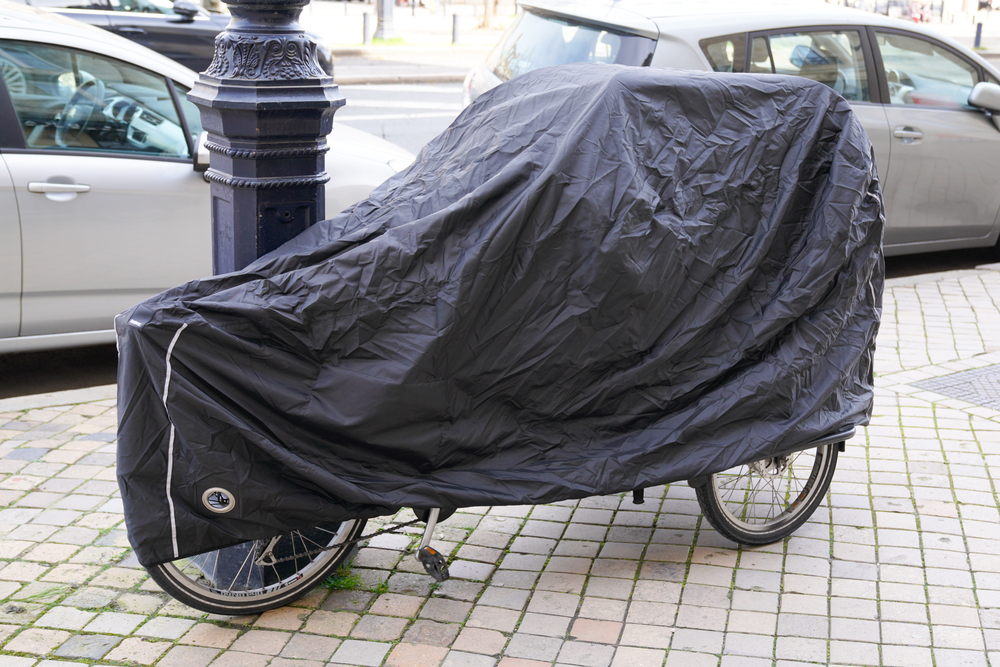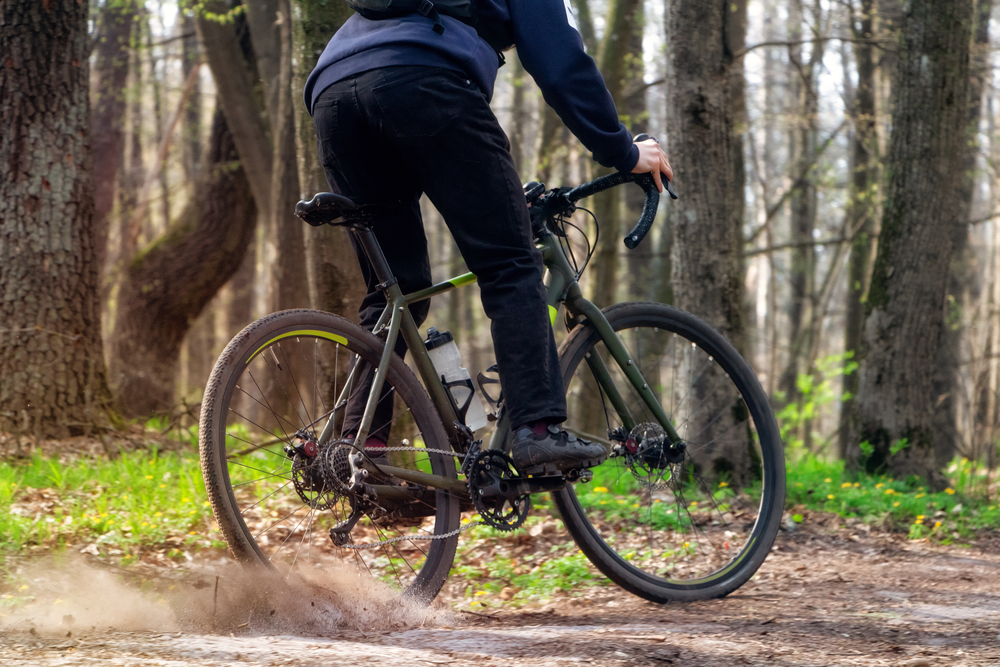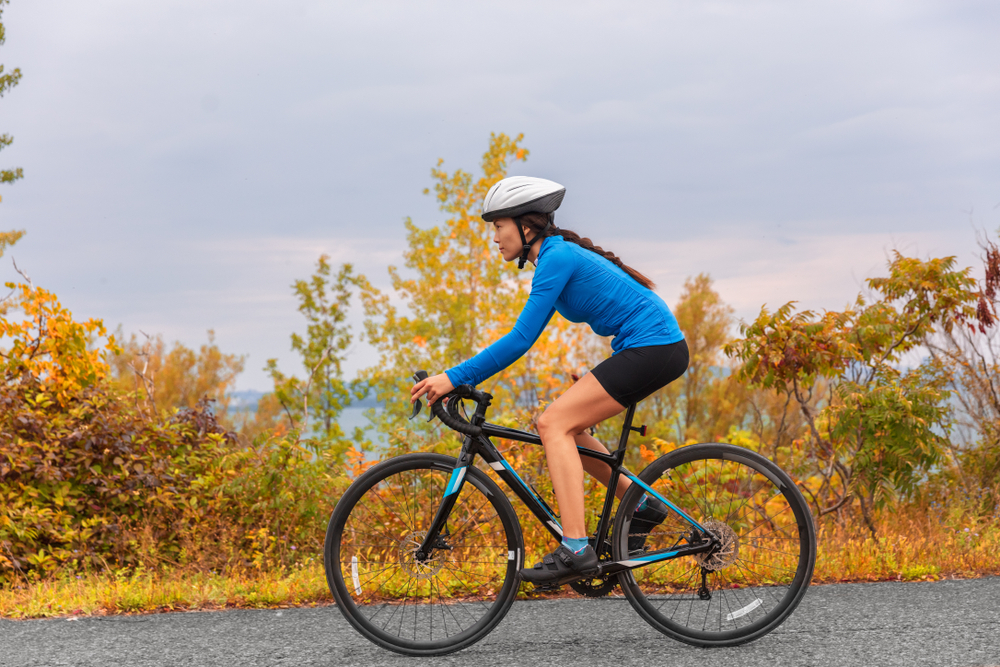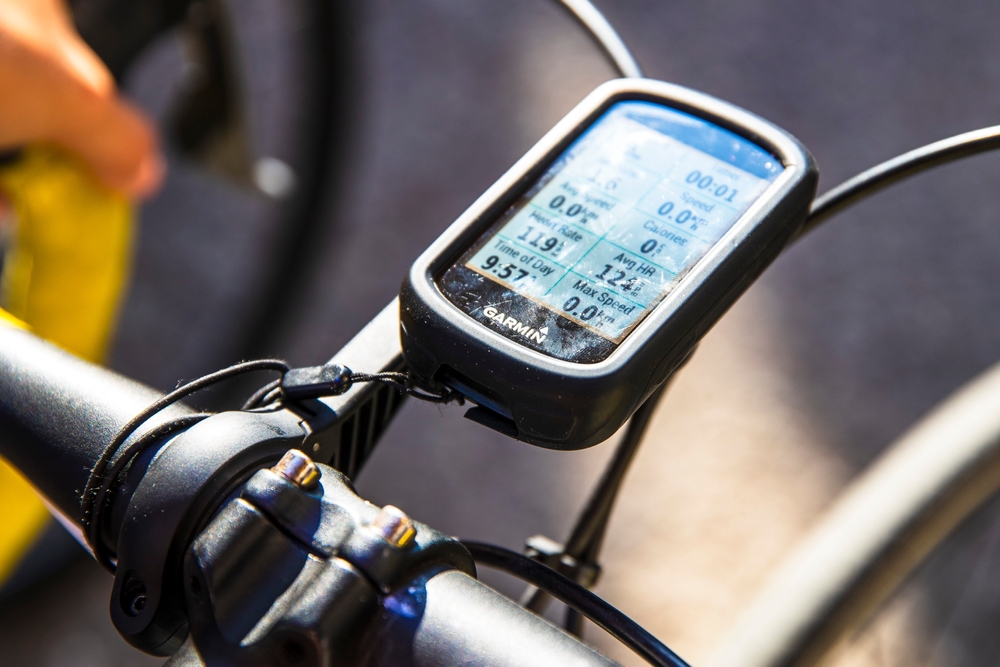Road Bike Size Chart: A Comprehensive Guide
Choosing the right road bike size is crucial for comfort and performance. An improperly fitted bike can lead to discomfort, inefficiency, and potential injuries. This guide will help you understand how to choose the correct size for your road bike.
Understanding Bike Frames
The frame is the core of a road bike. It affects handling, stability, and comfort. Frames come in various sizes, typically measured in centimeters. Common sizes range from 44cm to 64cm. Bike frame sizes are often related to the rider’s height and leg inseam.
Height and Inseam Measurements
The first step in finding your road bike size is measuring your height and inseam. Stand against a wall without shoes. Use a pencil to mark the top of your head on the wall. Measure from the floor to the mark. This is your height.
To measure your inseam, stand with your feet 15-20 cm apart. Place a book between your legs, pressing it against your crotch. Measure from the top of the book to the floor. This is your inseam.
Using a Road Bike Size Chart
Once you have your height and inseam measurements, refer to a road bike size chart. These charts provide a general guideline for frame sizes based on dimensions. Manufacturers may have slight variations, so always check their specific charts.
| Height | Inseam | Suggested Frame Size |
|---|---|---|
| 4’10 – 5’1 (147 – 155 cm) | 25.5 – 27 (65 – 69 cm) | 44 – 46 cm |
| 5’1 – 5’3 (155 – 160 cm) | 27 – 29 (69 – 74 cm) | 47 – 49 cm |
| 5’3 – 5’5 (160 – 165 cm) | 28 – 30 (71 – 76 cm) | 50 – 52 cm |
| 5’5 – 5’7 (165 – 170 cm) | 29 – 31 (74 – 79 cm) | 52 – 54 cm |
| 5’7 – 5’9 (170 – 175 cm) | 30 – 32 (76 – 81 cm) | 54 – 56 cm |
| 5’9 – 5’11 (175 – 180 cm) | 31 – 33 (79 – 84 cm) | 56 – 58 cm |
| 5’11 – 6’2 (180 – 188 cm) | 32.5 – 34.5 (83 – 88 cm) | 58 – 60 cm |
| 6’2 – 6’4 (188 – 193 cm) | 34.5 – 36.5 (88 – 92 cm) | 61 – 63 cm |
| 6’4 and up (193 cm and up) | 36.5 and up (92 cm and up) | 64 cm and up |
Key Fit Areas
To refine your fit, attention should be given to several areas:
- Top Tube Length: The top tube length affects your reach to the handlebars. It should allow for a comfortable riding position without overstretching.
- Seat Height: Proper seat height is crucial for efficient pedaling. Your knee should have a slight bend at the bottom of each pedal stroke.
- Handlebar Height: Adjust the handlebar height to find a balance of comfort and aerodynamics.
- Saddle Position: The saddle should be level, and you should be able to sit on it without sliding forward or backward.
Test Riding
After determining your size and adjusting fit areas, test ride different bikes. This helps fine-tune the fit and ensures comfort. Pay attention to the bike’s handling and your comfort during the ride. Make adjustments as necessary.
Consulting with Experts
Visit a local bike shop for professional fitting assistance. Bike shop experts can measure you and recommend the right frame size. They can also help with different fit adjustments and component selections for optimal performance.
Women-Specific Bikes
Some manufacturers create women-specific bikes with geometry tailored to female anatomy. These bikes often have shorter top tubes and narrower handlebars. Women-specific bikes might be more comfortable and better fitting for some riders. However, many women find standard frames to be perfectly suitable with proper fitting adjustments.
Children and Adolescents
Children and adolescents require special considerations for bike sizing. Growth spurts can quickly change their measurements. Adjustable components and easily upgradable parts can help accommodate growth. Regularly check fit and make adjustments as necessary.
Other Factors to Consider
While height and inseam are primary factors, other elements influence bike size:
- Flexibility: More flexible riders might prefer a longer top tube. Less flexible riders might need a shorter reach for comfort.
- Riding Style: Aggressive riders typically favor compact frames for a more aerodynamic position. Casual riders often prefer more upright frames for comfort.
- Body Proportions: Torso length and arm reach can affect fit. Some riders need custom fits or specific adjustments.
Tools for Home Adjustments
Several tools can help with home adjustments:
- Allen Wrenches: Essential for adjusting saddle height, handlebar height, and other components.
- Torque Wrench: Ensures components are tightened correctly without over-torquing.
- Bike Stand: Provides stability and ease of access for adjustments and maintenance.
- Level: Ensures the saddle and handlebars are aligned correctly.
- Fit Kit: Contains tools and guides for comprehensive bike fitting at home.
Online Fit Calculators
Several websites offer online fit calculators. These tools require input measurements and provide recommendations for bike size and fit adjustments. While convenient, they should complement, not replace, physical test riding and professional fitting.
Keeping Records
Document your measurements and bike adjustments. This practice helps track changes, especially if you experience discomfort or switch bikes. Keeping a fitting journal can provide insights into what works best for you.






